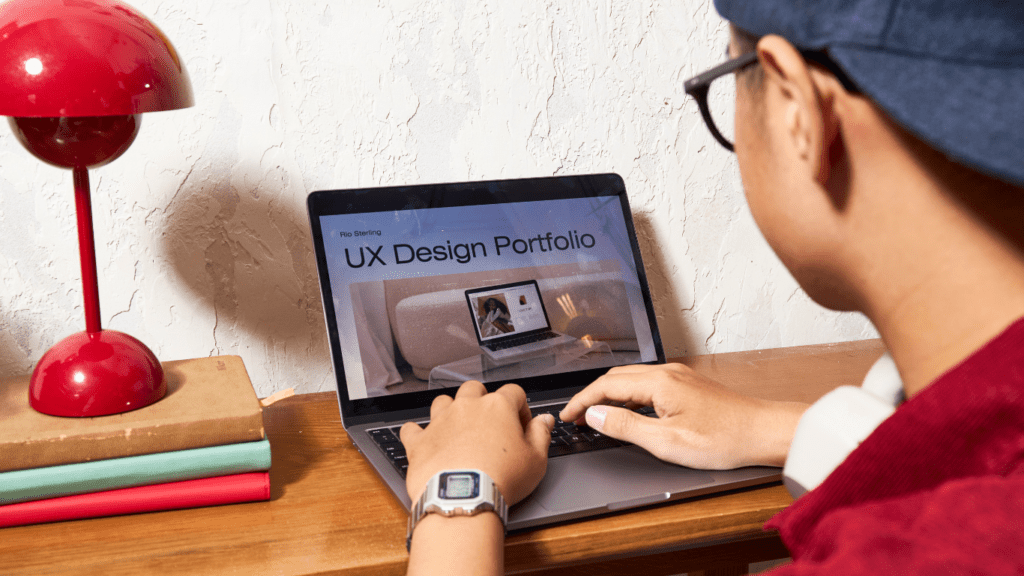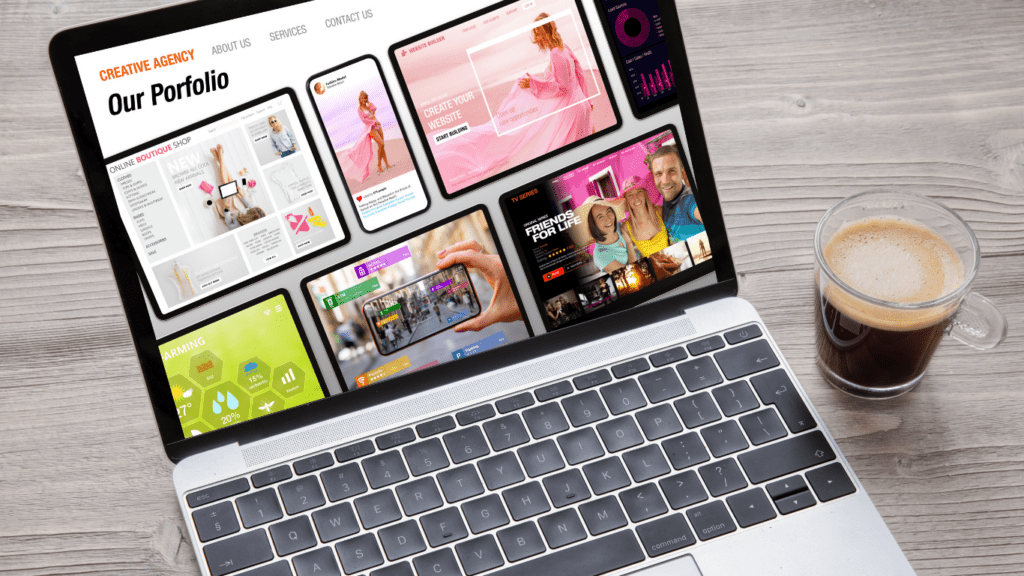Choosing the right portfolio format can feel like a daunting decision, especially as we step into 2025. With technology evolving faster than ever, the debate between print and digital portfolios has only intensified. Each format has its strengths, and the choice often depends on your goals, audience, and industry trends.
Understanding Portfolio Formats
Portfolios act as curated showcases of work, demonstrating skills and achievements. Choosing between print and digital formats can influence how work is perceived and accessed.
What Is a Print Portfolio?
A print portfolio is a physical compilation of work samples. It typically includes:
- high-quality prints of designs
- photographs
- written content
These portfolios often use premium materials like heavy cardstock or leather binders to create a polished finish. They’re best suited for in-person presentations, offering tactile engagement for viewers. Fine artists, photographers, and designers often favor print portfolios to highlight color accuracy, texture, and craftsmanship.
What Is a Digital Portfolio?
A digital portfolio is an electronically accessible collection of work. It can be hosted on websites, shared via links, or presented as a file, such as PDFs or multimedia slideshows. Digital portfolios excel in interactivity and scalability, supporting animations, videos, or external links for detailed project demonstrations. They’re widely preferred by tech professionals, content creators, and web designers who benefit from showcasing dynamic, interactive elements.
Benefits Of Print Portfolios
A print portfolio offers distinct advantages, particularly for professionals relying on a tangible format to leave a lasting impression. It highlights craftsmanship and creates an intimate presentation experience.
Tangible Presence and Impact
A print portfolio provides a physical, hands-on experience that digital formats cannot duplicate. The weight, texture, and high-quality materials create a multisensory interaction, helping it stand out. For example, a premium leather-bound portfolio filled with glossy, high-resolution images can captivate viewers in ways a screen cannot replicate.
Advantages in Certain Industries
Print portfolios excel in industries where physical presentation matters. Fields like fine arts, photography, and interior design often value the ability to demonstrate attention to detail through printed work. In these industries, showcasing a curated collection of physical samples is seen as more authentic and indicative of high craftsmanship.
Long-Lasting and Memorable
An exquisite print portfolio leaves a lasting impression as it can be physically retained. While digital links risk being overlooked or forgotten, a physical portfolio handed directly to someone adds personalization and permanence. For instance, a beautifully printed portfolio book placed on an employer’s desk might encourage repeated reviews.
Advantages Of Digital Portfolios

Digital portfolios offer dynamic benefits that cater to the needs of modern professionals. They combine accessibility, cost-efficiency, and interactive capabilities, making them indispensable in 2025.
Accessibility and Convenience
Digital portfolios allow global access at any time. I can share my work with potential clients or employers instantly through email or links, eliminating geographical restrictions. With cloud storage and platforms like Behance or Dribbble, my portfolio remains secure and accessible across devices.
Cost-Effectiveness
Unlike print formats, digital portfolios minimize recurring production costs. I don’t spend on printing, binding, or updates. Updates can be made seamlessly, reducing the need for reprints and saving resources. Tools like Wix and Squarespace provide budget-friendly options to build and host professional portfolios.
Multimedia Integration and Flexibility
A digital format enables the integration of various media types. I can include high-quality images, interactive designs, videos, and animations to showcase my work’s depth. Hyperlinks and embedded content enhance navigation and present layered insights, offering personalization and adaptability for a target audience.
Factors To Consider When Choosing a Format
Selecting between print and digital portfolio formats depends on multiple factors that influence effectiveness and practicality. Understanding these considerations helps align the portfolio with professional goals.
Industry Requirements
Certain industries prioritize one format over the other based on their norms. For fields like fine arts, photography, and architecture, print portfolios often dominate due to their tactile presentation and visual impact during in-person meetings. Conversely, industries like tech, marketing, and web design lean toward digital portfolios for their interactivity and ability to showcase multimedia skills. I analyze the standard practices in my field to determine the most fitting format.
Audience Preference
The expectations of the intended audience shape the portfolio format. Clients or employers seeking innovative, media-rich presentations generally prefer digital portfolios. Meanwhile, audiences driven by craftsmanship—such as galleries or boutique design firms—favor print formats that demonstrate physical quality and effort. Aligning the format with these preferences increases audience engagement.
Budget and Time Constraints
Print portfolios incur recurring costs for materials, printing, and updates, making them more suited for professionals with higher budgets or select project showcases. Digital portfolios, on the other hand, typically reduce long-term costs by eliminating production expenses and simplifying updates. For time-sensitive submissions, digital formats ensure instant accessibility, while print options require additional preparation time. I evaluate my resources and deadlines to choose the most feasible option.
The Rise Of Hybrid Portfolios
Hybrid portfolios are emerging as a dynamic solution for professionals balancing the benefits of both print and digital formats. This approach leverages each medium’s strengths to present work effectively across diverse platforms and audiences.
Combining Print and Digital
- Combining print and digital in a hybrid portfolio integrates physical appeal with technological accessibility. For example, a print portfolio can contain QR codes or NFC tags linking to digital galleries, videos, or case studies.
- This ensures that printed materials maintain a classic, tactile experience while offering expanded, interactive content digitally.
- Including sleek packaging for printed assets and embedding immersive media elements online enhances how work is perceived and accessed.
- Professionals might also alternate presentation methods. For instance, print materials could be used during in-person meetings, with digital links shared for follow-ups.
- This strategy ensures maximum versatility for varying client preferences or industry requirements.
How Hybrid Portfolios Offer the Best of Both Worlds
Hybrid portfolios provide flexibility by bridging audience needs across formats. They allow professionals to showcase craftsmanship and authenticity through print while ensuring accessibility and interactivity via digital platforms. For instance, a photographer might use a professionally bound book with select images for client meetings, paired with an interactive digital portfolio that includes high-resolution galleries and behind-the-scenes videos. This dual-format approach communicates professionalism, adaptability, and technological savvy.
Combining these mediums also mitigates limitations inherent to each format. Print’s retention value addresses the ephemeral nature of digital links, while digital’s scalability compensates for print’s higher production costs. Together, they create a holistic presentation designed to engage viewers whether face-to-face or virtually.




